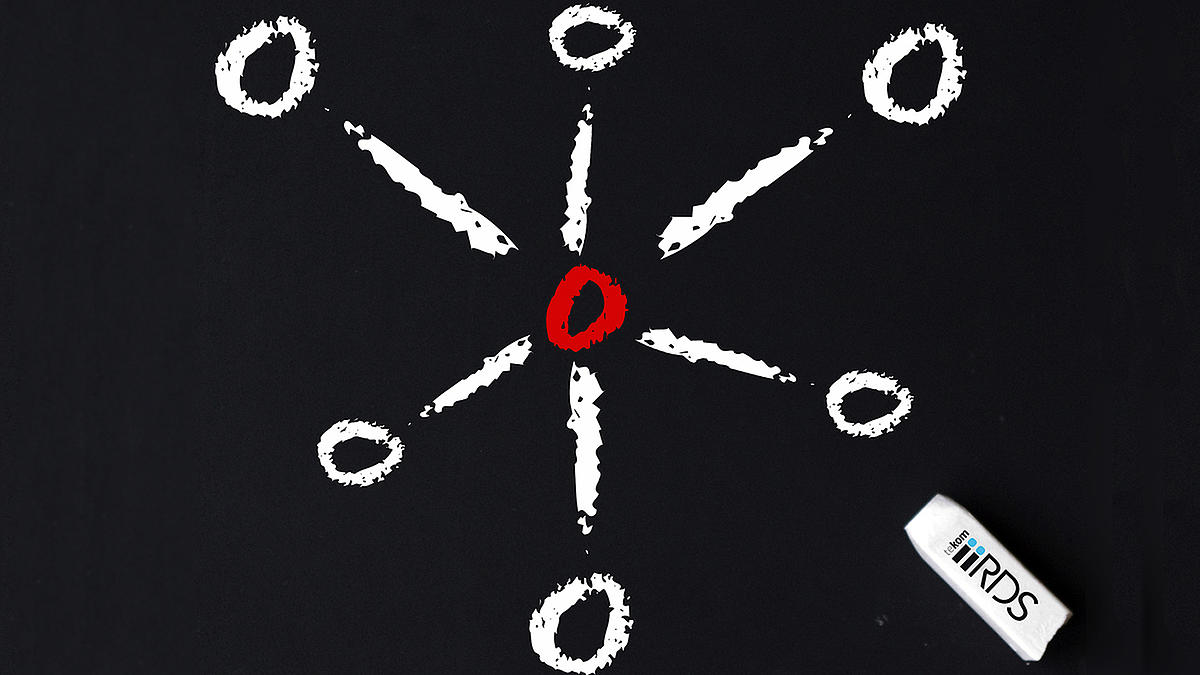Manufacturer: Industrial Automation
Product Series: R-Series
Designation: Astromech Droid
Affiliation: Galactic Republic
Gender programming: Masculine programming
Photo receptor: Red/Blue
Owner: Anakin Skywalker
What sounds like a litany by the blog author after seeing the latest Star Wars movie is actually an excerpt from the characteristics of one of the most famous protagonists of the sequel trilogy. Though the iiRDS has nothing in common with R2-D2 apart from a similar-sounding name, it does have something in common with the characteristics quoted above.
And now to the topic at hand: the iiRDS (Intelligent Information Research and Delivery Standard) describes a tekom standard for classification and for the exchange of information that is currently in development.
- Classification: An autarkic information unit (topic) describes a task performed as part of a maintenance activity (the content). At the moment, the information unit itself has no additional information (metadata) indicating that it describes a task that is performed as part of a maintenance activity.
This is where the iiRDS comes in: it provides the author with a set of metadata that make it possible to classify an informational unit. A simple example of classification would be to mark the information as “maintenance”, a piece of metadata standardised by the iiRDS.
- Exchange: machines can only exchange information that can be packaged and read in standardised fashion. The scope of delivery of an iiRDS package therefore contains a ZIP file with a prescribed structure that contains the information itself (the content, the topic with the aforementioned maintenance activity) as well as the metadata for classification of the topic.
In summary, a characteristic for the iiRDS could (currently – the standard is after all still open and in development) look as follows:
- Manufacturer-independent
- Independent of the tool used to record information
- Exchangeability guaranteed
- Vocabulary for the description of technical information
- Open standard: user-specific additions possible
- Metadata are formalised in the RDFS (Resource Description Framework Schema)
Only the definition of the query language for the “request” is still missing from the current version of the iiRDS. It will be exciting to see what happens next.
And why is all this happening? Partly because, when R2-D2 is in an Industry-4.0 environment, there is no need for him to waste time searching for spare parts once his sensors have reported that his right knee joint will soon need to be replaced during maintenance.
And so this blog ends as it began: “May the information be with you.”
... to be continued
By the way, at kothes we are already applying the current version of the iiRDS in a few initial projects in order to determine its usefulness.

